Viruses are elegantly compact microbes that serve myriad roles in ecosystems, but their diversity and influence remains largely uncharted. In this groundbreaking study led by French scientist Philippe Roumagnac, an international team of researchers used deep-sequencing methods to identify plant-associated viruses hidden in vegetation in biodiversity hotspots.
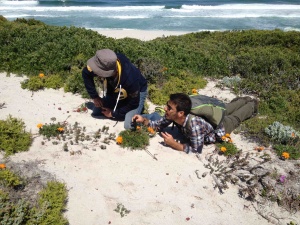
The team used geospatial approaches to lay out two sampling grids that each spanned 4.5 km x 4.5 km ( nearly 8 square miles). The grids were positioned across interfaces between natural and agricultural environments on two different continents.
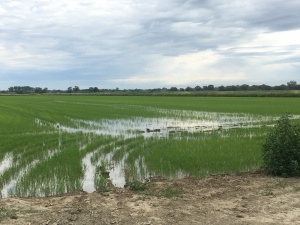
One grid was placed in the famous Camargue region of the Rhône river delta in southern France, where vegetation included seasonal marshes, xero-haliphytic meadows, and cultivated rice, wheat, and alfalfa fields.
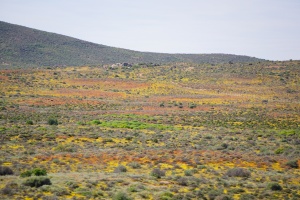
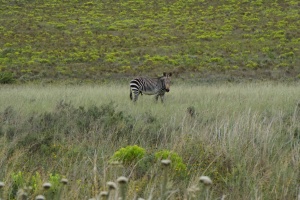
The second grid was positioned in the Cape Floristic Region of South Africa, another Mediterranean-climate biodiversity hotspot. Here the vegetation included the fynbos types of strandveld and renosterveld (endangered), as well as cultivated barley and wheat.
The team carefully collected vegetation tissue from all dominant vegetation types at each grid node, evaluated land use conditions, and rushed the tissue in cold storage back to the lab for genetic analysis.
Deep-sequencing followed by bioinformatic analysis identified plant- and fungal-infecting viruses associated with the vegetation. Plants can be directly infected with viruses and also host fungal infections which themselves have acquired viral infection. Plant viruses were more prevalent in cultivated plants than in non-cultivated ones. Some virus groups showed particular associations with cultivated areas. These results indicate that conversion of landscapes for agriculture may significantly alter virus distribution and evolution.
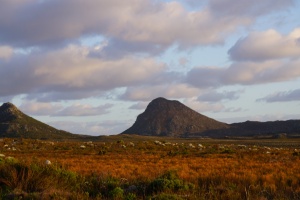
Even more, the study uncovered 94 virus types never seen before. These novel viruses were found largely in native plants in uncultivated communities. This result highlights the incredible diversity of viruses in nature and the pressing need to better understand their influence.
To read more about this work, please see
Bernardo, P., T. Charles-Dominique, M. Barakat, P. Ortet, E. Fernandez, D. Filloux, P. Hartnady, T. A. Rebelo, S. R. Cousins, F. Mesleard, D. Cohez, N. Yavercovski, A. Varsani, G. W. Harkins, M. Peterschmitt, C. M. Malmstrom, D. P. Martin and P. Roumagnac (2017). Geometagenomics illuminates the impact of agriculture on the distribution and prevalence of plant viruses at the ecosystem scale. ISME J 12(1): 173-184.